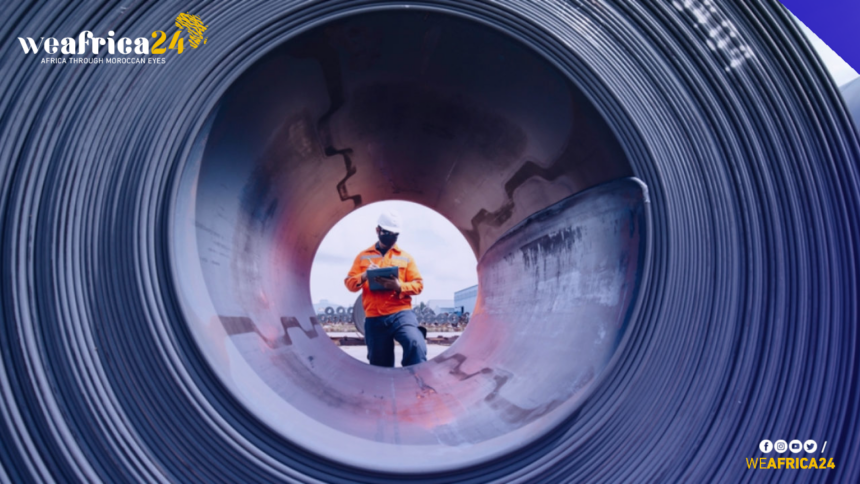In a pivotal milestone for a sustainable industry, Africa celebrates the inauguration of its maiden decarbonized iron plant, driven by the transformative force of green hydrogen. This momentous achievement signals a significant stride towards reducing of carbon emissions within the industrial landscape. With a positive ripple effect for Namibia and the global environment, this groundbreaking development underscores the region’s commitment to eco-friendly innovation and carbon footprint reduction, setting a new benchmark for responsible industrial progress.
Indeed, steelmaking is one of the most polluting industries due to its reliance on coal-fired plants. Shifting towards the use of decarbonized iron, powered by green hydrogen, is a crucial move to reduce the environmental impact of steel production. It’s part of a global effort to transition industries to more sustainable and eco-friendly practices.
The support from the German federal government and the Oshivela project’s commitment to using renewable energy to produce 15,000 tonnes of iron annually with zero carbon emissions is a remarkable initiative. This demonstrates the potential for international collaboration and clean energy solutions to drive sustainable industrial development in Namibia and beyond.
Namibia’s agreement with the European Union to supply green hydrogen and minerals for clean energy technology is a significant achievement, not only for the country but for promoting sustainable energy and resource cooperation between Africa and the EU. It shows the growing importance of clean energy resources and the potential for collaboration on a global scale.
The timeline for production at the plant, starting in the final quarter of 2024, and the ambitious plan to eventually ramp up production to 1 million metric tons of green iron a year, is a promising step towards significantly reducing carbon emissions in the steel industry and meeting growing demand for sustainable iron production. It demonstrates a strong commitment to a greener future.
The use of HyIron technology, which processes iron ore in a rotary kiln with the assistance of green hydrogen, is an innovative and eco-friendly approach to iron production. It’s great to see the collaboration between German and Namibian companies in implementing this technology to advance sustainable industrial practices in the region.







